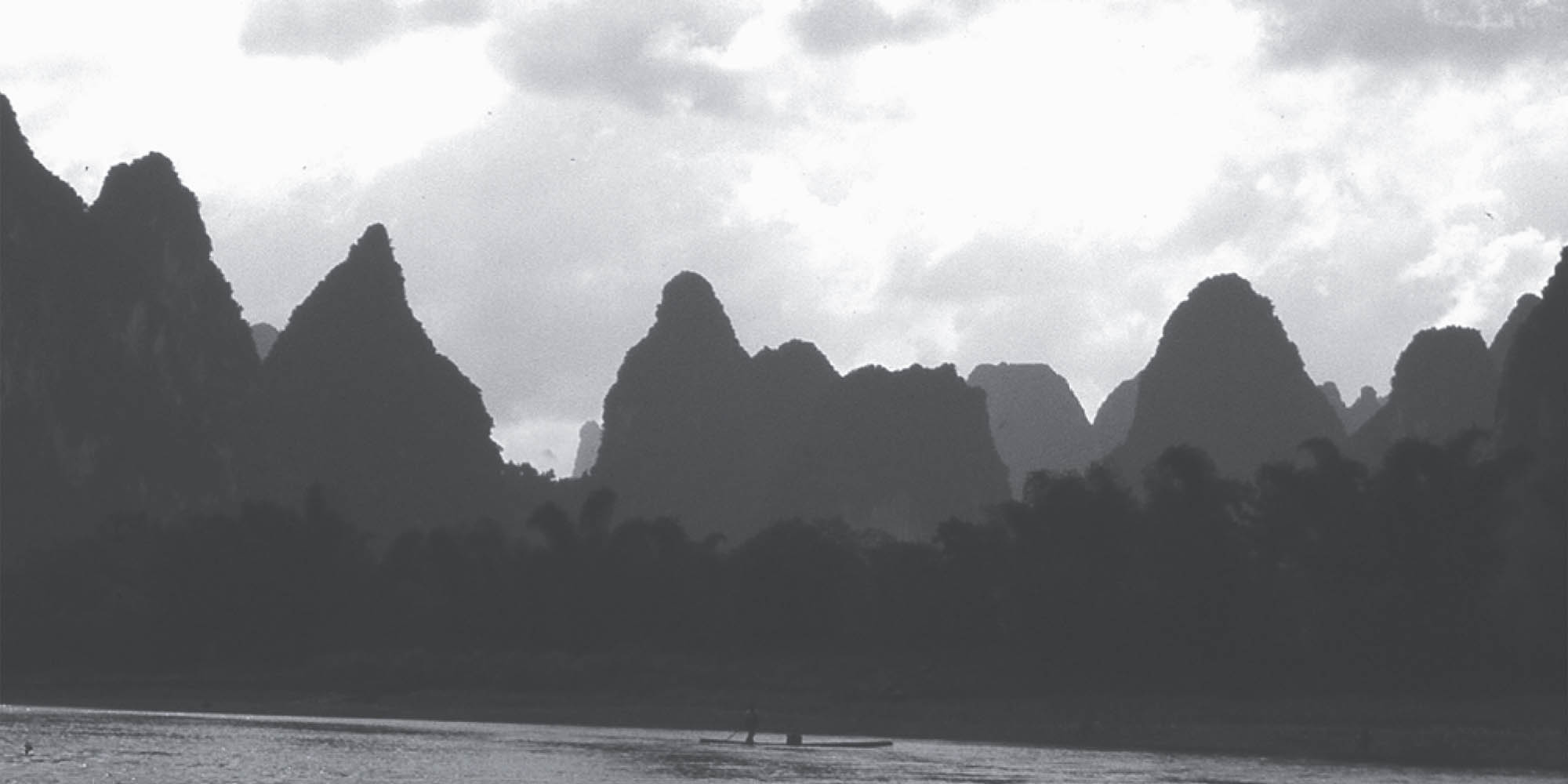Downloads
DOI:
https://doi.org/10.7480/rius.2.207Abstract
Any environment, natural, rural or urban, cannot be only reduced to a physical object that is measured, analysed, monitored, or captured through mapping, human beings also relate to their environment through their beliefs, emotions and senses. This existential relation brings together the objective and the subjective, the physical qualities of the space and its perceptual and sensorial experience, the tangible (quantitative) geographic values and the intangible (qualitative) emotional connotations.
This article addresses how we can map and monitor, the quantitative and the qualitative, the tangible and the intangible aspects of landscape. It argues that we should include phenomenological information that is constantly expanding and actualising in the Internet. This information is outside the subject, and inside a digital environment that can be always consulted, as an external memory. If we consider a new social participative methodology, we should see the potentials of a digital society that did not lose the physical and phenomenological contact with the environment, on the contrary, this sensorial and corporeal contact has been intensified.
The Information Age does not create isolated individuals in front of a computer, but collectives and groups eager for communication in infinite social networks. Landscape is not only appreciated by the ‘look’ but also by the rest of the body senses. Landscape becomes a somatic space where individuals are not outside, taking distance, and ‘looking at’ the view, but inside of it, creating it by the same corporeal action and body awareness. In the mapping of the qualitative and intangible values of the landscape, a new social participative methodology should take into consideration, together with the way society perceives and appreciates the landscape by the look, also the degrees of social interaction with it, and the layers of exchange of information and communication that the landscape contains.
How to Cite
Published
Issue
Section
License
Copyright (c) 2011 Ana Moya Pellitero

This work is licensed under a Creative Commons Attribution 4.0 International License.
References
Bergson, H. (1896) Materia y Memoria. In: Deleuze, G. (1995/1957) Memoria y Vida, Textos Escogidos por Gilles Deleuze. Barcelona, Altaya. In English: idem. (1996/1896) Matter and Memory. New York, Dover Publications.
Bergson, H. (1907) La Evolución Creadora. In: Deleuze, G. (1995/1957) Memoria y Vida, Textos Escogidos por Gilles Deleuze. Barcelona, Altaya. In English: idem. (2007/1907) Creative Evolution. New York, Palgrave Macmillan.
Berque, A. (1994) Cinq Propositions pour une Theorie du Paysage. Paris, Champ Vallon.
Berque, A. (1995) Les Raisons du Paisage, de la Chine Antique aus Environnements de Synthèse. Paris, Hazan.
Corner, J. (2006) Terra Fluxus. In: Waldheim, Ch. (ed.), The Landscape Urbanism Reader. New York, Princeton Architectural Press.
Council of Europe (2000) European Landscape Convention, European Treaty Series, 176 (10)
Farjon, H., Van der Wulp, N., and Crommentujn, L. (2009) Monitoring program of perception and appreciation of landscapes in the Netherlands. In: Indicadors de paisatge. Reptes I perspectives [Landscape indicators. Challenges and perspectives]. Olot, Observatori del Paisatge de Catalunya.
Lefebvre, H. (2005/1974) The Production of Space. Oxford, Blackwell Publishers.
Merleau-Ponty, M. (1964) Lo Visible y lo Invisible. Barcelona, Seix Barral, (1970). In English: idem. (1968/1964) The Visible and the Invisible. Evanston, Northwestern University Press.
Moya Pellitero, A.M. (2007) The Image of the Urban Landscape. The Re-discovery of the City through different Spaces of Perception. Eindhoven, Bouwstenen Publicatieburo.
Nogué, J., Puigbert, L. et al. (2010) Paisatge i Participació Ciutadana, L’Experiència dels Ctalà ges de Paisatge de Catalunya [Landcape and Social Participation, The Experience of the Catalonian Landscape Catalogues]. Olot, Observatori del Paisatge de Catalunya: 9.
Pourier, S (2005) A world of Relationships, Itineraries, Dreams, and Events in the Australian Western Desert. Toronto, University of Toronto Press.
Watsuji, T. (2006/1935) AntropologÃa del Paisaje: Climas, Culturas y Religiones. Salamanca, SÃgueme. In English: idem. (1971) Climate and Culture: A Philosophical Study. Tokyo, Hokuseido.




